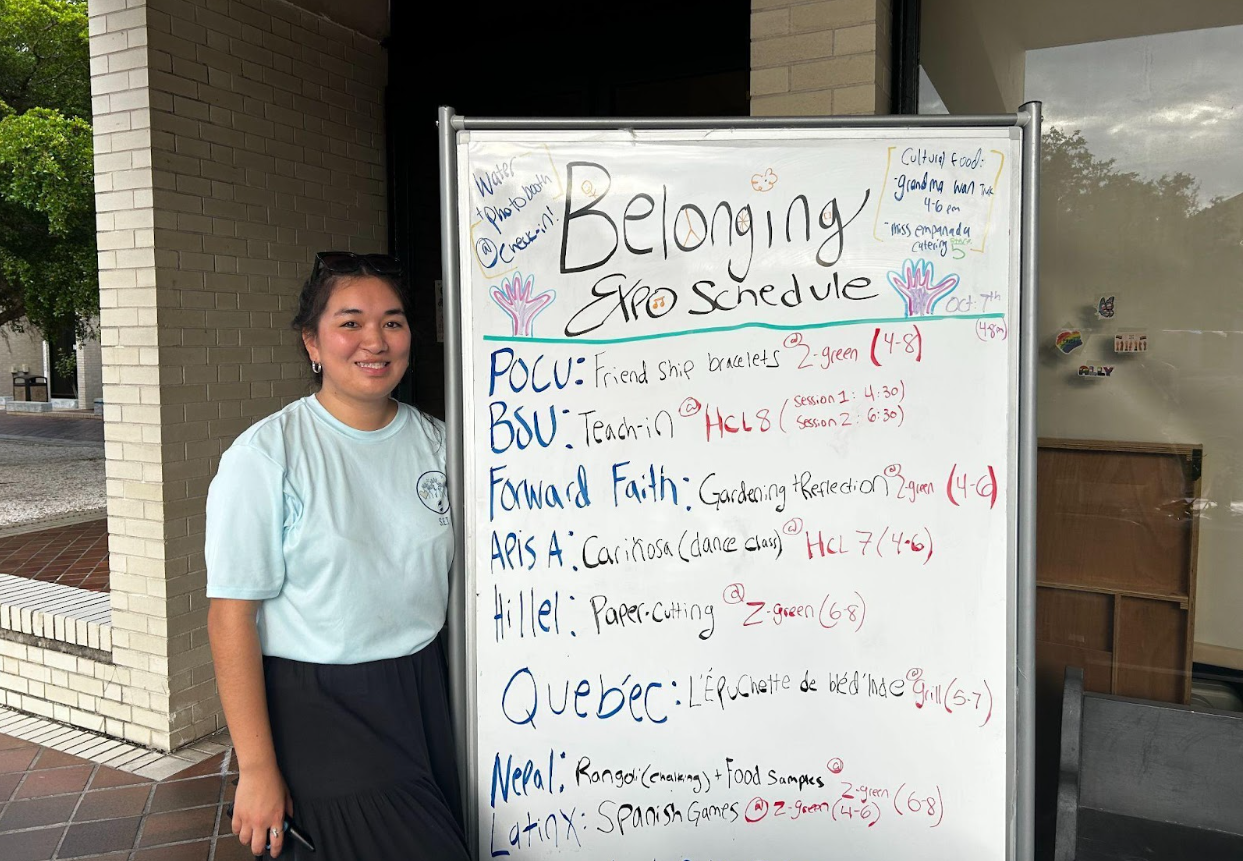Oct. 7 marked the day of the Student Activities & Campus Engagement (SAUCE) office’s first Belonging Expo, opening doors for students to engage with various affinity clubs and one another. Thesis student and Student Event Team (SET) Belonging Coordinator Celeste Kadzis has spent the past three years organizing similar, individual events encouraging campus-wide involvement and togetherness.
“This is my last semester,” Kadzis said. “I’ve always wanted to do something that brings the affinity clubs together in a more campus-wide [manner].”
After checking in and grabbing some free stickers and empanadas from Miss Empanada or a plate of food from Grandma Wan’s Thai Food Truck, students explored booths and rooms across the residential campus that hosted various activities, including free games and food for attendees to enjoy.
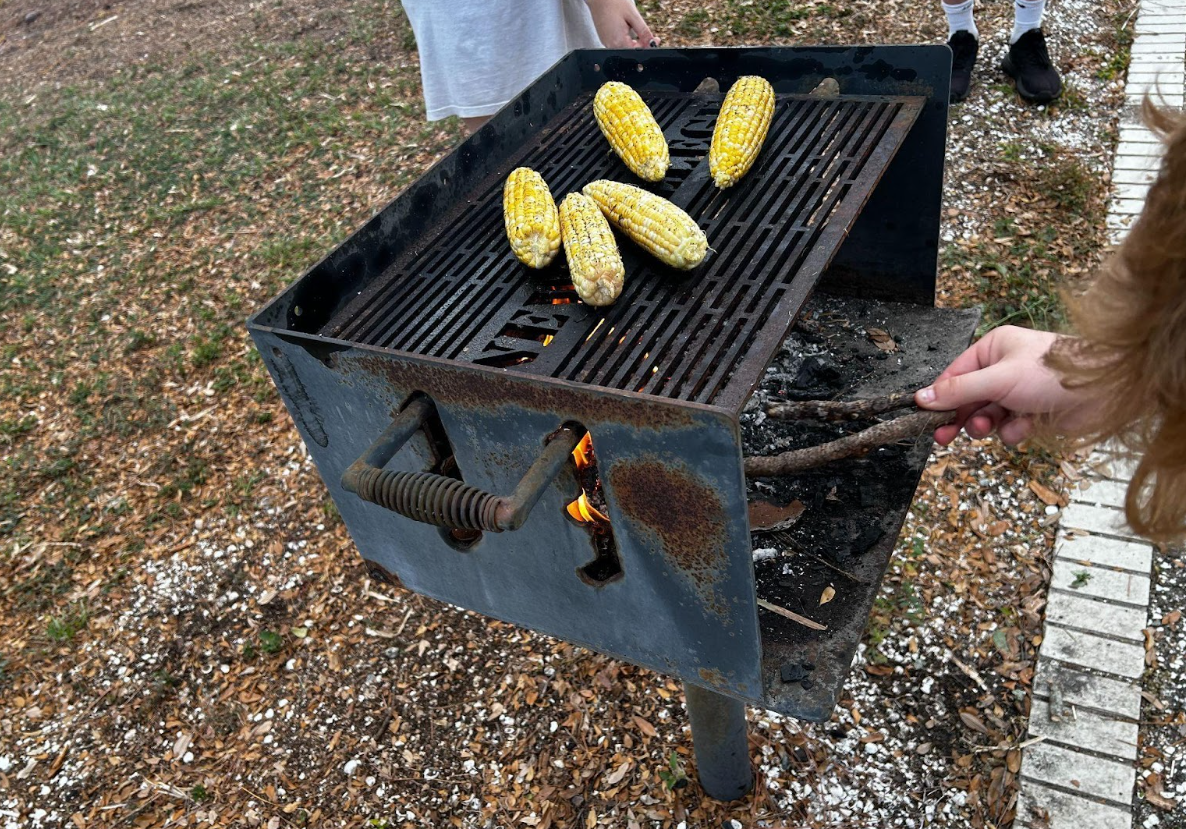
Outside Hamilton Classroom (HCL) 1, thesis student Michael Bolesh hosted a Quebec corn-shucking ceremony with a twist.
“I split it [corn shucking] between people, because I’ve shucked corn before, and we had a race,” Bolesh explained. “The team that shucked the slowest had to pick up everyone’s corn mess.” According to his grandmother, he said, it’s typically structured more “like a hot dog-eating contest.”
Bolesh hid ribbons among the corn for whoever was lucky enough to find one and be crowned “royalty of the corn ceremony.” Each newly-crowned royal received a jar of honey donated by Sarasota Honey Company co-owner and beekeeper Alma Johnson.
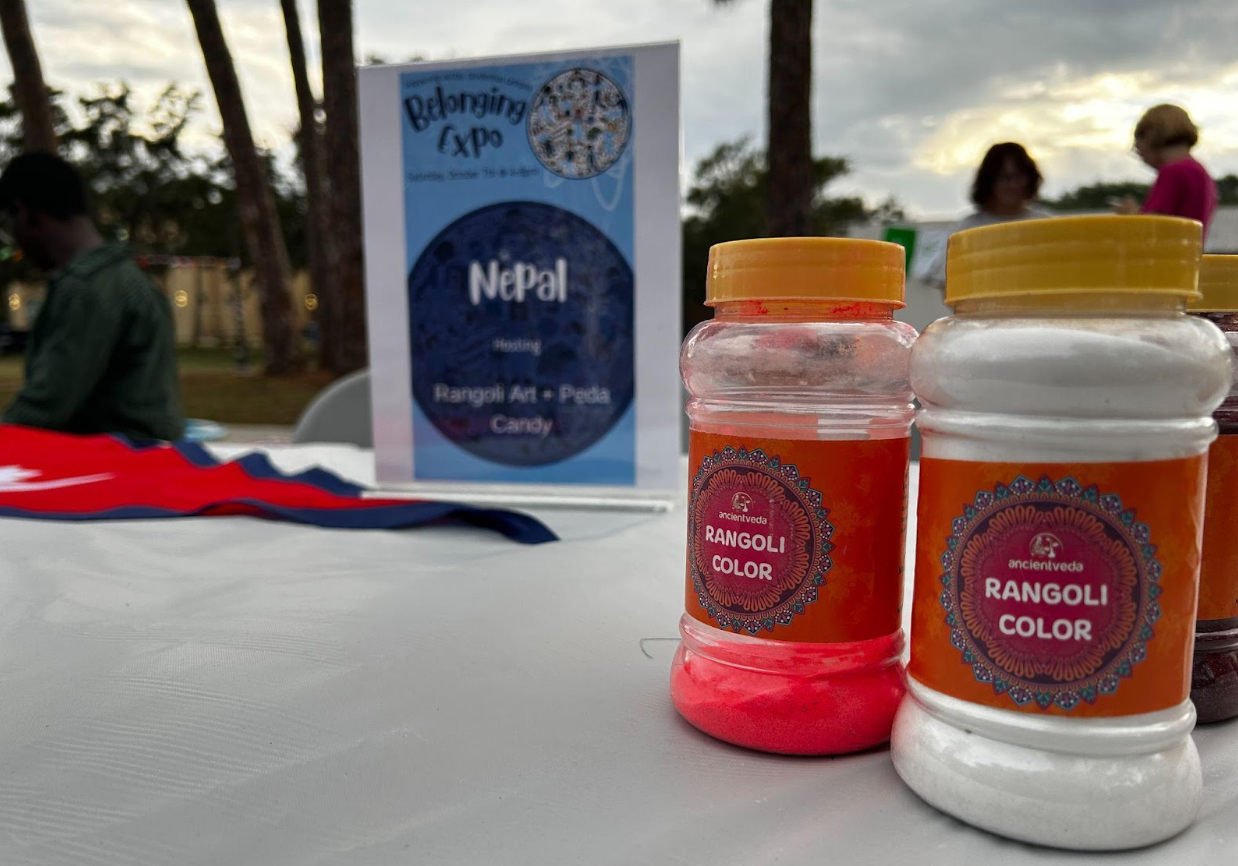
Only a few steps away was third-year Hannah Barker’s Nepali rangoli art and chalk activity. Rangoli color comes in a powder form, perfect for filling in the gaps in the stone ledge across the Hamilton “Ham” Center to create beautiful images and/or writing.
“For me, personally, I grew up in America so I didn’t know a lot about my culture in general,” Barker stated. “I’ve been wanting to explore different aspects of my culture in different ways. So I decided on rangoli after I was doing some research. I knew this was very artsy and for me art is a big deal.
“I knew it also involved similar techniques to chalking and I know this campus loves their chalking,” Barker continued. “I felt like this would be a great activity for people to get involved in.”

In HCL 7, the Asian and Pacific Islander Student Alliance (APISA) hosted a traditional Filipino fan dance led by second-year and APISA President Kyla Baldonado.
“I had the idea of teaching a dance from the Philippines because I’ve always wanted to do that on campus. I just never had the venue, time or platform for it,” Baldonado explained.
“I had fun teaching,” Baldonado continued. “I gave a little history lesson about the Philippines and its colonial period with Spain because the dance is called Cariñosa. It was fun because when I introduced the dance people were like, ‘Oh, I know that word.’”
Second-year and fellow club member Lianna Paton described Cariñosa as “flirtatious” and fitting to New College. “I love that it was a traditional dance but the traditional gender roles could switch. I was the masculine role but that didn’t matter because whatever. The foundation and the core of loving someone is still there.”

Right next door to APISA, the Black Student Union (BSU) hosted a teach-in about music within the Black Lives Matter (BLM) movement in two sessions: the first at 4:30 p.m. and the second at 6:30 p.m.
Third-year and BSU secretary Jasmine Doyle described the teach-in as a way “to show how BLM had always been embedded within our history before its creation in 2013. It is a timeless movement and a movement that connects all of us not only nationally but globally through channels like music.
“We discussed three songs, one from the 60s, 80s and the 2010s,” Doyle continued. “Each song highlights the significance of Black culture and how it works in tandem with the protest. We analyzed lyrics, listened to the songs and discussed how these songs were produced 50+ years ago and hold so much importance today. We played clips from recent protests that use these songs as glue to unite the people marching together, fighting against the extrajudicial killings of African Americans.”
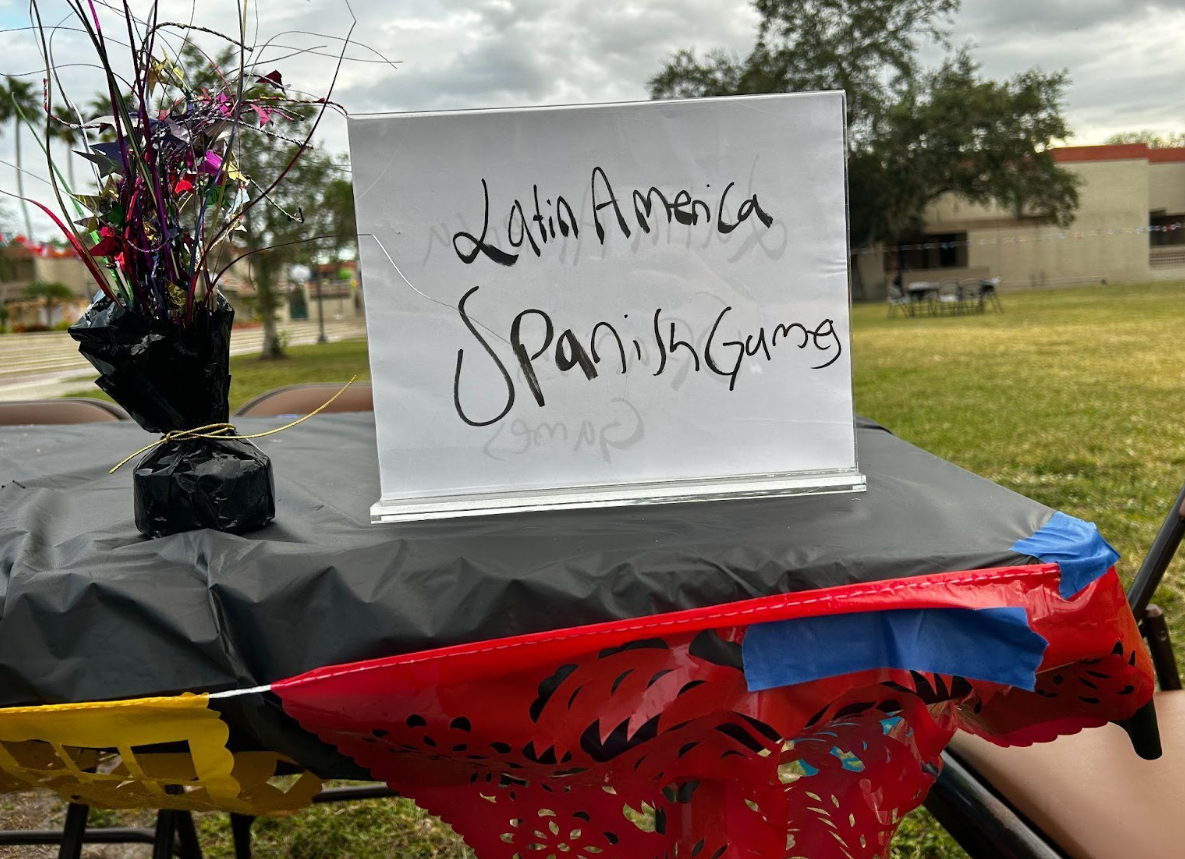
As attendees made their way to Z-green, Professor of Sociology Sarah Hernandez was ready to greet students with Mexican pan dulces, the generic name for various pastries she had grown up with, and classic Latin American board games such as lotería.
“I’m interested in supporting our Latinx students and for them to feel like there’s somebody here, and if they need to talk with somebody I’m here to do that,” Hernandez said. “For the broader population, I thought I’d bring some introductions, [and] because I’m originally from Mexico they’re mostly of Mexican flavors.”

In another corner of Z-green, Hillel had a paper-cutting booth equipped with construction paper, X-Acto knives, glue and students engaging with the creative activity.
“It’s an art form that was very prevalent with Ashkenazi Jews, Jews from Eastern Europe, because there’s a lot of poverty there and you can usually come by paper and a knife,” Hillel Co-president and second-year Atticus Dickson said. “They’re also very into intricate art stuff already so there’s a lot of Ashkenazi lacework and silver filigree that very much is similar in terms of design elements.”
While the activity at hand looks straightforward, the act of cutting paper into intricate pieces and designs is no easy task.

A few steps away from Hillel was Forward Faith, an interfaith club hoping to spread hope and kindness through native Florida wildflowers. The booth offered a variety of materials necessary for planting one’s own seeds to take home and watch grow.
“When I was approached about having a club activity I was like, ‘What is something that can incorporate all different kinds of faiths and religious backgrounds, something everyone can do?’” third-year and Forward Faith President Annika Fuller asked. “Anything reflective I think can be translated across multiple different backgrounds. Nature, especially getting in the dirt and actually growing something yourself, can really go back to that spiritual experience.”
Heart-shaped seed paper and pens were made available for event-goers to write their hopes and manifestations that they can later watch grow—literally.

The last of the booths on Z-green was the People of Color Union (POCU) friendship bracelet-making station. Lianna Paton, who is also President of POCU, said the club chose the activity based on the creative freedom it gives students. “You have a choice to put any colors of your flag on the friendship bracelet or initials or whatever community you belong to.
“I love the customization and personalization and it’s a great bonding activity that anyone can participate in,” Paton continued. “Very trendy too.”
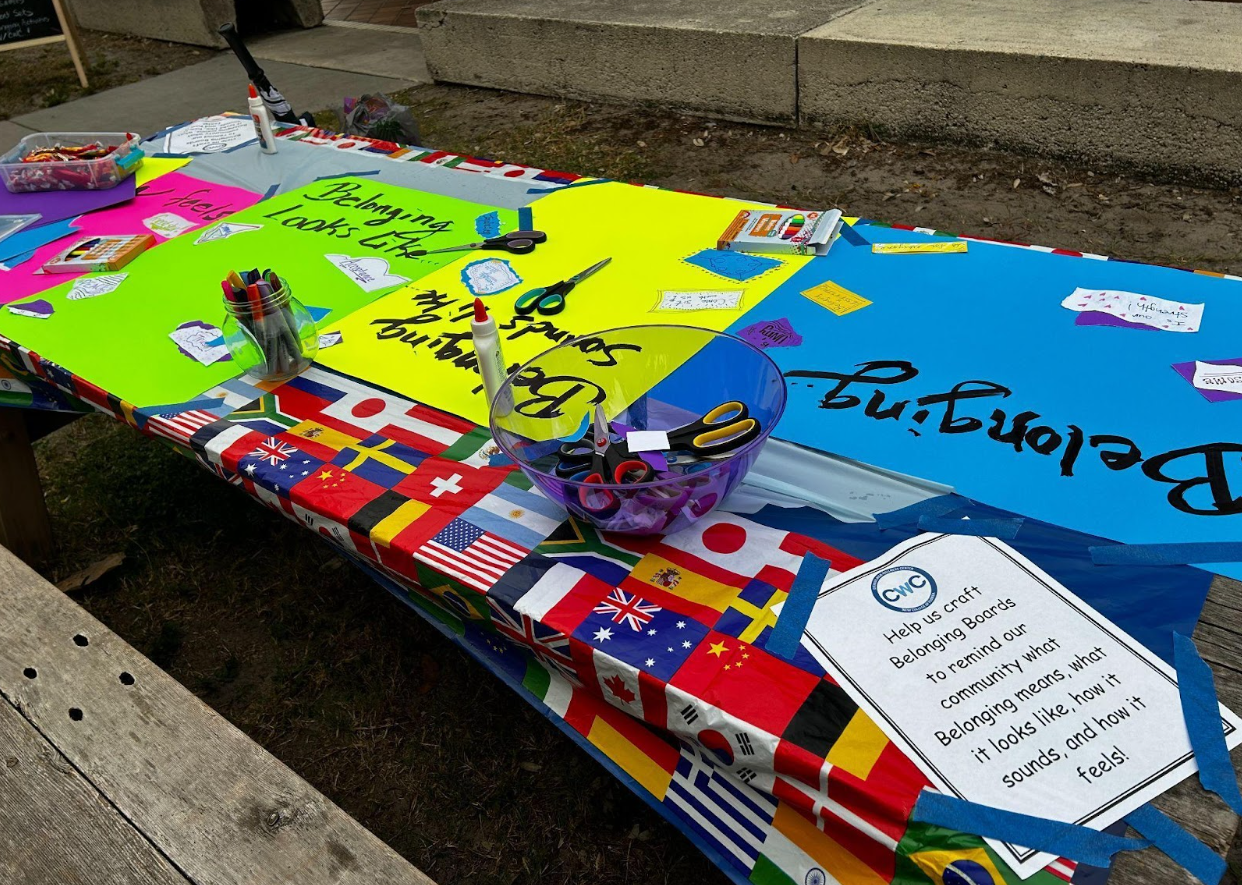
The Counseling and Wellness Center (CWC) joined the many affinity groups with a different approach in the Nook. Students were free to play yard games such as oversized Connect Four, lawn bowling and cornhole that scattered the area around the banyan.
One eye-catching CWC table, clad with various flags and markers, was organized to encourage students to describe what belonging means, looks, sounds and feels like. One could rip a piece of paper, write how they understand belonging, then use the available glue to attach their thoughts among other student’s replies. The result: a beautiful display of what it means to be a New College community member.
“There are spaces on campus that you can go to to feel connected to a part of your own identity,” Kadzis explained. “If there’s not a space, you can always create a space.”
Kadzis will be hosting one more event this semester before she graduates. Similar to last fall’s event, SAUCE is organizing another trip to the Ah-Tah-Thi-Ki museum for the American Indigenous Arts Festival on Nov. 4.

